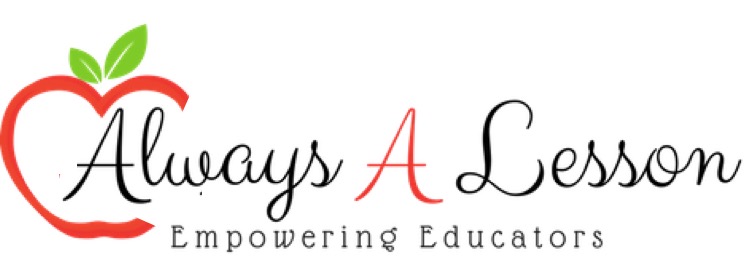How to Stand Out in an Interview as an Educator
You get hired when you stand out in an interview. Whether there is a teacher shortage or limited positions available, putting your best foot forward during an interview is expected. Help make the decision easy for the leadership team by being memorable- this is what we call a “stand out.” How do you do that?…
Read Full Post3 Ways to Cultivate Quality Teaching and Learning
Cultivating quality teaching and learning is the main goal for school leaders. When instruction is appropriate and rigorous, then students are able to achieve at high levels. It’s a double benefit when we improve the quality of teaching and learning happening in classrooms. This post will reveal a three prong method for cultivating quality teaching…
Read Full PostSummer Learning Playlist for Educators
Summer is the perfect time for teachers to relax and recharge. It’s also a great chance to explore fresh ideas—without the stress. The Summer Learning Playlist is a handpicked mix of short podcasts, quick videos, and easy-to-read articles. Each one offers new ideas for teaching and professional growth. You don’t need to take notes or…
Read Full PostInconsistent Quality of Teaching & How to Overcome It
The inconsistent quality of teaching among staff members is emerging as an obstacle in teacher leadership. The Common Core set out to ensure every classroom, regardless of state of residence, taught the same content at the same level. Now many states have replaced Common Core with their own state specific requirements for teaching. This means…
Read Full Post5 Tips for Creating Effective Staff Surveys
Creating staff surveys is a great way to collect information from those you lead. Honest answers provide specifics that can be used when making decisions that affect them. However, many challenges exist when it comes to the creation of the survey and the collection of the information. Sometimes the surveys come too often or are…
Read Full PostThe Importance of Year-Round Teacher Appreciation
Teacher appreciation is the act of showing thankfulness for the arduous job of an educator. In the month of May, schools celebrate teachers for an entire week known as “Teacher Appreciation Week.” Usually, there are themed days where students shower their teachers with gifts or words of affirmation to show how thankful they are for…
Read Full PostBurnout in Education: How To Avoid It
Burnout in the educational field is trending upwards. In a 2022 Gallup poll, 44% of educators teaching Kindergarten through 12th grade, reported feeling burned out “often” or “always.” Knowing this, educators (teachers and/or leaders) can follow these five practices on how to avoid burnout in educatoin and enjoy a fulfilling career. Set Boundaries & Stick…
Read Full PostEffective Ice Breaker Activities for Professional Development
Beginning professional development with an effective ice breaker activity is a popular opening activity. This helps warm up the audience to the learning experience as well as get to know each other better. An ice breaker tends to be unrelated to topic being presented at the learning session and is a common interest or skill…
Read Full Post4 Ways to Strengthen School Safety for all Students
School safety has become top priority for schools as of late due to the many tragedies our country has endured recently. This has caused many school districts to review their safety procedures so that all students are protected while learning at school. This post will cover 4 ways to strengthen school safety for all students.…
Read Full PostLesson Design Professional Development Options
Providing professional development on lesson design can be quite fruitful for teachers. Lesson design is a deliberate practice where teachers plan on a macro and micro level, meaning they zoom in and out to ensure all lessons are aligned and thorough. The skill of designing lessons can be hard to master, but consistent practice builds…
Read Full Post